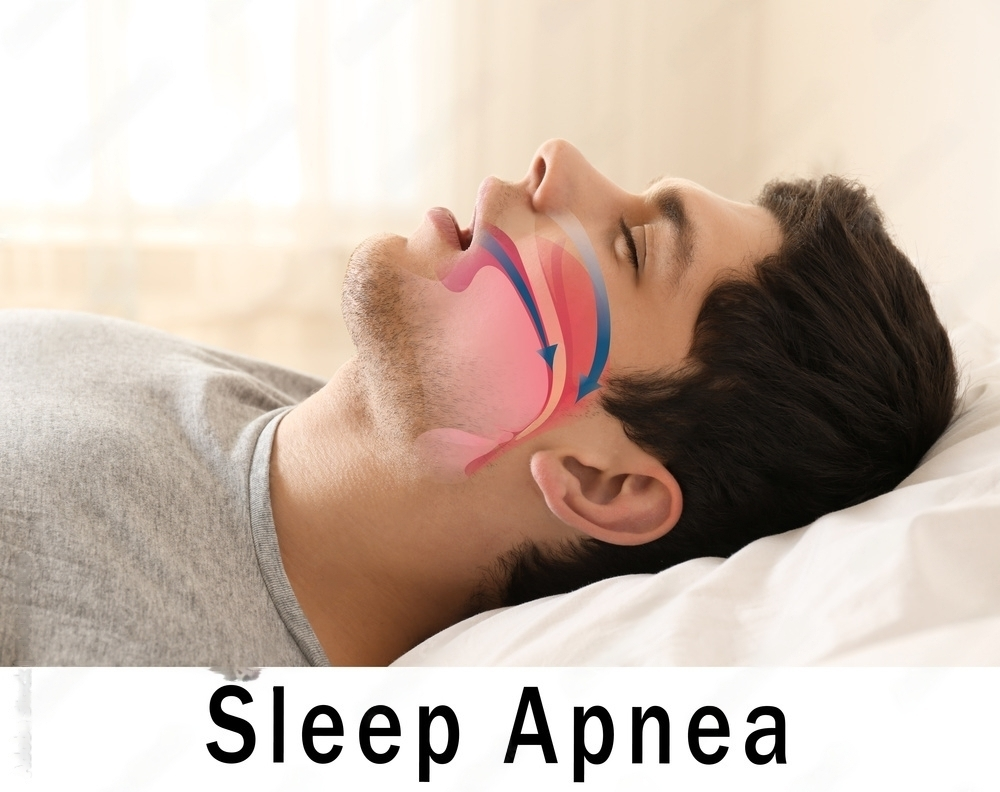
Sleep apnea, a widespread sleep disorder, often goes undetected despite its global reach. This condition has many types, but obstructive sleep apnea (OSA) stands out as a major issue. It is usually reognized by blocked airways, OSA causes disruptions in breathing during sleep, leading to brief pauses (apnea) or shallow breaths (hypopnea). In our latest blog post, we delve into the complexities of identifying and addressing this specific health condition. Through grasping its intricacies and applying suitable remedies, our goal is to alleviate OSA’s adverse effects on health and daily life.
If you’re seeking effective sleep apnea treatment in Dubai, you’ll find a range of options tailored to your needs, but ensure you get a consultation from the best pulmonologist.
Apnea, Hypopnea, and AHI Index
Sleep disorders, apnea signifies a complete halt in breathing for a minimum of ten seconds, whereas hypopnea indicates notably shallow or sluggish breathing. Such occurrences disrupt the typical sleep pattern, hindering the individual from attaining rejuvenating rest. The level of sleep apnea is often checked by using the Apnea-Hypopnea Index (AHI), which measures the frequency of breathing disruptions during sleep.
Mild Category: AHI index ranging from 5 to 15 events per hour.
Moderate Category: AHI index between 15 and 30 events per hour.
Severe Category: AHI index exceeding 30 events per hour.
Note:- If you need to know which type of level you’re currently having, then taking guidance from the doctors who treat sleep apnea is the right choice rather than understanding this condition through your own way.
Diagnosis and Assessment for Obstructive Sleep Apnea
Diagnosing sleep apnea typically involves a sleep study, either conducted in a sleep lab -based testing. During a sleep diagnosis, various aspects are monitored by our sleep apnea doctor Dubai, including:
- Detailed patient history regarding sleep patterns and symptoms.
- Physical examination, focusing on airway patency and signs of obstruction.
- Polysomnography (overnight sleep study) to monitor various physiological parameters during sleep.
- Examination of upper airway anatomy through imaging techniques like cephalometry or CT scan.
- Evaluation of daytime sleepiness using tools like the Epworth Sleepiness Scale.
- Monitoring oxygen saturation levels during sleep using oximetry.
Treatment Options for Obstructive Sleep Apnea
Managing obstructive sleep apnea requires lifestyle changes, dental appliances, CPAP machines, or, rarely, surgical options for effective sleep apnea treatment in Dubai.
- Mandibular Advancement Device (MAD): The dental appliance adjusts the lower jaw and tongue positioning to prevent airway blockage during sleep, effectively minimizing breathing difficulties.
- Continuous Positive Airway Pressure (CPAP): CPAP therapy utilizes a mask linked to a machine providing a constant air stream to maintain open airways, regarded as the top sleep apnea treatment in Dubai for moderate to severe obstructive sleep apnea.
- Surgery: When conventional treatments are ineffective or anatomical issues worsen airway blockage, surgeries like uvulopalatopharyngoplasty (UPPP) or maxillomandibular advancement may be options to address obstructive sleep apnea.
Prevention and Lifestyle Modifications
- Eating well and exercising regularly reduces neck and throat fat.
- Follow good sleep hygiene practices, like sticking to a consistent sleep schedule and creating an optimal sleep environment.
- Avoid alcohol and sedatives before bedtime, as they can relax throat muscles and worsen obstruction.
- Sleep on your side rather than your back to prevent airway collapse.
- Elevate the head of your bed to keep airways open during sleep.
- Quit smoking, as it can worsen inflammation and swelling in the airway.
- Seek treatment for allergies or nasal congestion to ensure clear breathing passages during sleep.
- Use a humidifier in your bedroom to reduce throat dryness.
Sleep Cycle and Associated Risks
Understanding the types of the sleep cycle is important to understand how sleep apnea affects person’s health. It encompasses stages like vivid dreaming (N1), light sleep (N2), and deep sleep (N3). Disruptions, as seen in sleep apnea, result in daytime fatigue, cognitive decline, and higher accident susceptibility.
Untreated obstructive sleep apnea correlates with conditions like diabetes, weight gain, cardiovascular diseases, hypertension, and strokes. The repetitive oxygen level drops and sleep disruptions strain the cardiovascular system, worsening existing conditions and elevating the risk of adverse events. Consult with good sleep apnea specialists to avoid engaging in any other severe condition.
Conclusion
Obstructive sleep apnea demands timely diagnosis and treatment to counter its health repercussions. If symptoms like loud snoring, daytime fatigue, or witnessed apnea episodes occur, consult a sleep medicine specialist. Early intervention and treatment adherence are crucial for managing sleep apnea and preventing its adverse effects. Prioritize your sleep health for a better quality of life – don’t ignore the signs of obstructive sleep apnea. Consult with a good sleep apnea doctor Dubai, such as Prof. Dr. Syed Arshad Husain, today and start getting better sleep.

